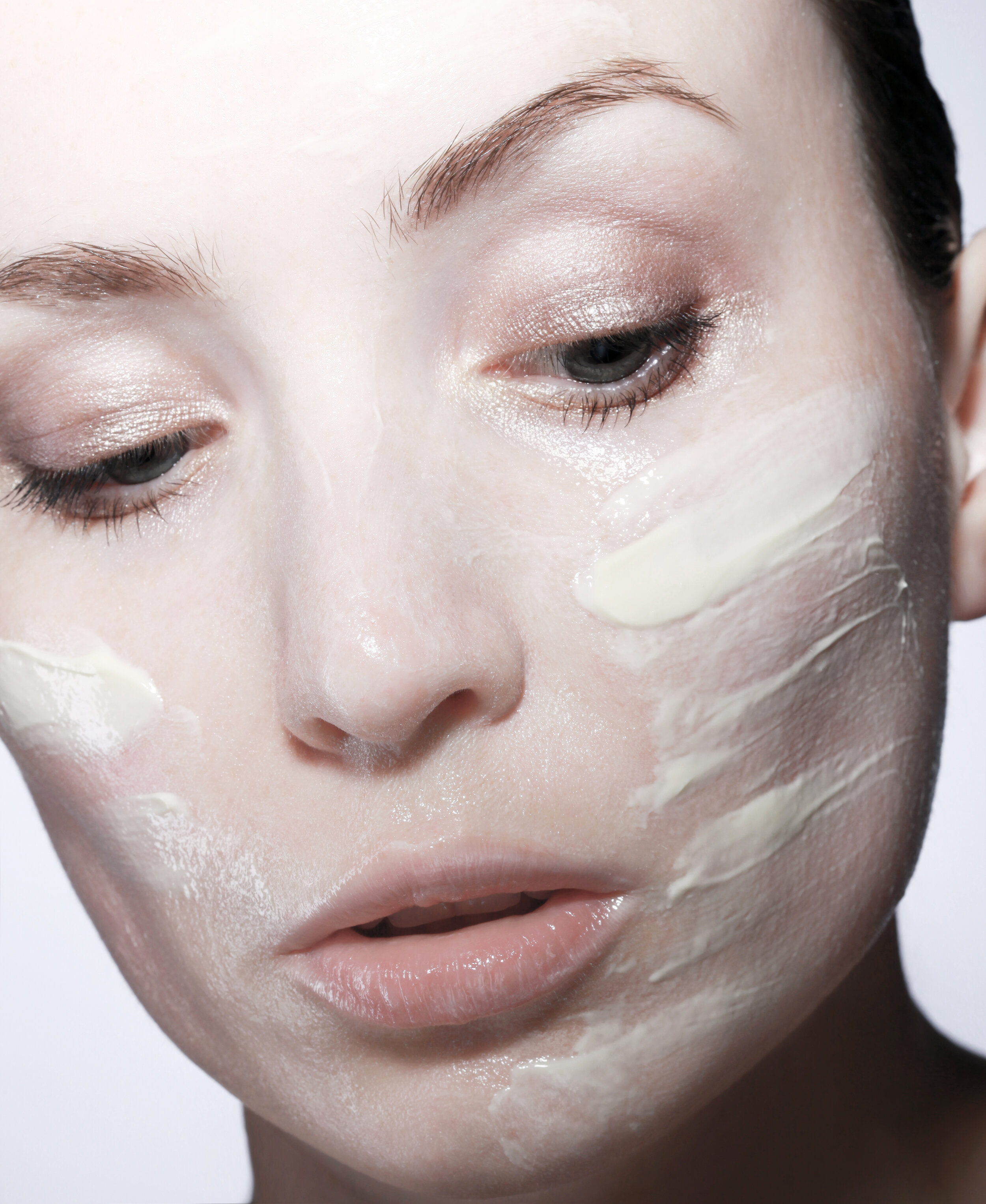Why non-comedogenic products are not necessarily good for acne
/Non-comedogenic products are products that, in theory, are supposed to not clog pores or lead to breakouts and avoiding them is one of the most important steps in getting and staying clear. Unfortunately for us acne sufferers, non-comedogenic is just one of the many terms like hypoallergenic, non-toxic, and natural that can be slapped on a personal care product without any basis or proof. Here is some information to help you understand why you shouldn’t just take products that say non-comedogenic at face value.
STUDIES THAT TEST COMEDOGENICITY ARE UNRELIABLE
Decades ago, scientists finally realized that skincare products and makeup might contribute to acne. Um, DUH. So they started performing tests on various ingredients that are used in topical formulations to determine how many comedones they were likely to cause. The earliest tests were called REAs (rabbit ear assays) and they were done in the 70s and 80s on, you guessed it, rabbit ears. The chemical being tested would be applied to rabbit ears and after a period of time, researchers would count the number of comedones that formed. There have been other tests performed since then on humans but all of the tests performed since the 70s are hugely flawed and far from reliable. First of all, testing rabbit ears is hardly a reliable way to determine how an ingredient will affect the acne prone skin of a human. This seems like common sense but here is a study where a research substantiates this fact if you are one of those people that needs a scientist to validate common sense. Additionally, human tests are often performed on skin on the back which is different from skin on the face and studies like this one are performed on such a small number of people that there is absolutely no way its findings could accurately represent as complex a condition as acne. And even if it was, there was no standardized procedure followed for any of the tests: the amount of substances they tested, the length of time they waited before evaluating a reaction, and the way that they counted the number of comedones all varied.
THERE IS NO STANDARD DEFINITION OF NON-COMEDOGENIC
Comedogenicity means different things to different people which is why there are so many different tools and lists out there based on varying types of criteria. For example, you might see one list that claims that sunflower oil is comedogenic while another may not. Some lists use ratings and some don’t. “Non-comedogenic” has basically become a free for all and all different types of professionals, companies, and individuals who create and alter lists based on interpretations of data that are based on studies that aren’t reliable to begin with.
“NONCOMEDOGENIC” IS NOT A REGULATED CLAIM
The cosmetics and personal care industries are barely regulated by the FDA or FTC. This means that not just the formulations that make up a product but the claims written on the outside of products are basically a free-for-all. Much like the terms “clean” and “natural”, there is no definition offered by the FDA to standardize the meaning of the term “non comedogenic” and there are no regulations controlling how it is used. So when a company slaps the term “non comedogenic” or “clean” on a product, it’s completely up to them what that means. This is really unfortunate for those of that suffer with acne because it means that just because a product says non comedogenic doesn’t mean it’s good for acne and conversely, many non-comedogenic products don’t necessarily claim to be non-comedogenic.
INGREDIENTS AND ACNE ARE TOO COMPLEX TO STANDARDIZE
One of the concepts I talk about in my 8 Steps For Clear Skin e-course is that everyone’s triggers are different. This means that some people are highly triggered by diet while others are triggered by products. And even within the group of people that are triggered by comedogenic products, one person might be triggered by coconut oil while another might only be triggered by isopropyl palmitate. And even within the group of people that are triggered by coconut oil, one person might be triggered if they apply it everyday while another person might experience a breakout if they only apply a little bit one time. So even if the studies were perfect AND there was a standardized list of comedogenic ingredients AND there was a regulating agency that made sure that every product that claims to be non-comedogenic was actually non-comedogenic, it would still be flawed because acne is a condition that is too complex to make any rigid rules for. Instead, acne has to be managed using an approach like our method that is comprehensive and that targets multiple factors at the same time while still allowing some flexibility for the differences that each person’s unique case presents.













